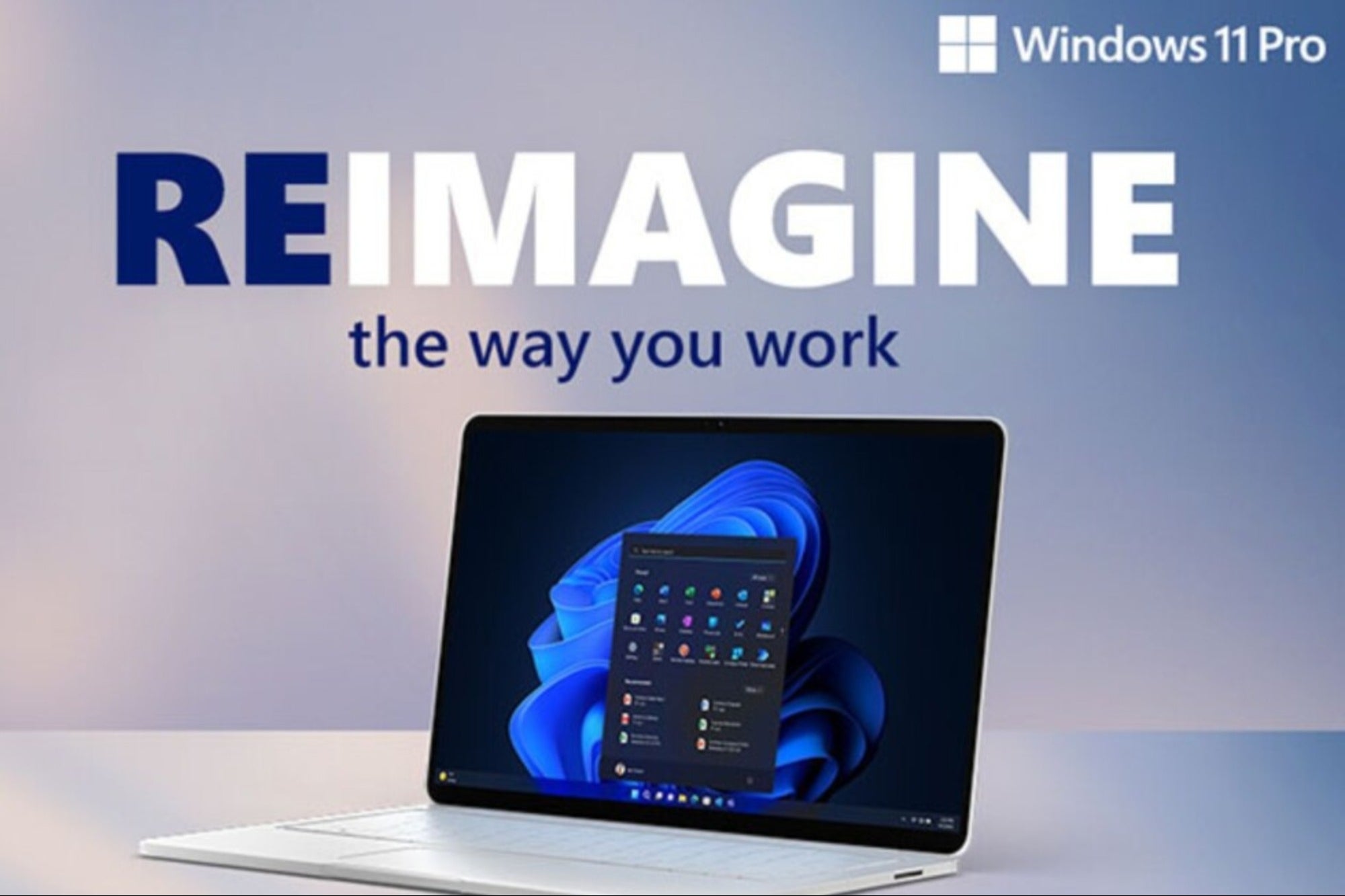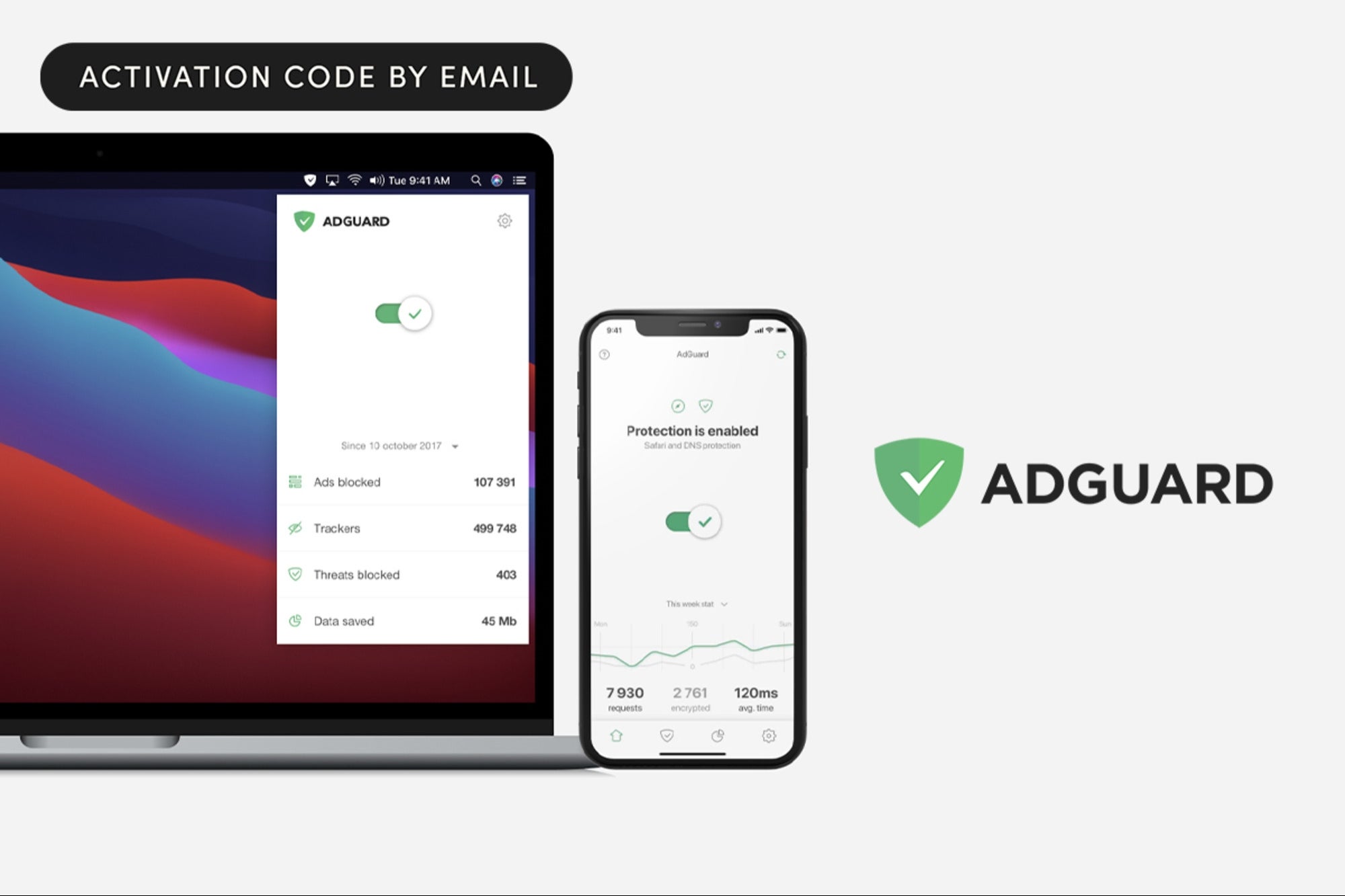Match the Right Communication Type to the Occasion Select the correct method by weighing the task at hand, the recipient, a message's urgency and the potential risk of a misunderstanding.
By Karen Lachtanski Edited by Dan Bova
Opinions expressed by BIZ Experiences contributors are their own.
"There is a tool for every task and a task for every tool," declares the character Tywin Lannister in the HBO series Game of Thrones. While Tywin is referring to swords, the same can be said of communications tools.
Picking the right communication tool requires considering the task at hand, the recipient, a message's urgency and how important it is to eliminate a possible misunderstanding. Comedians Key & Peele perfectly illustrated the potential for miscommunication in a video about texting.
An exchange might begin as an email conversation, transition to a messaging app and end up as a phone call. Is that a bad thing? Not necessarily. Consider the following communication options and the benefits and pitfalls of each:
Related: The 7 Habits of Seriously Effective Communication Pros
Phone calls.
A phone call is great when a businessperson needs to reach someone right away. But it's an interruption and one that often occurs without knowledge of what a recipient is doing. Is that person having dinner, watching a movie or reading a bedtime story to a child?
Consider where someone is before dialing and whether the message is urgent or the conversation could be scheduled so the other party is prepared to take the call. Since there are other, less intrusive options available, phone calls should be used sparingly.
An exception is calling a business for information.
Related: How to Fix Virtual Team Challenges Before They Happen
Emails.
People's inboxes are overflowing with work and personal email as well as promotional messages from companies, though an inbox can be managed so that important information is easily retrieved. Email seems to be the easiest way to communicate for business: Just about everyone uses it and it's very reliable.
But people manage their inboxes in different ways, with some individuals checking theirs only a couple of times a day. So if a message needs a more immediate reply, consider instant messaging.
Instant messages.
Instant messages and their cousins, text messages, lend themselves to communiqués when a sender is seeking a more immediate reply than with email. These short often abbreviated messages do not require a lengthy response. Instant messages sent to a phone require the sender knowing the mobile number of the person being reached.
Instant messages and texts tend to be shared between people who know each other and who are comfortable using that method to communicate. But as the Key & Peele video demonstrates, short messages without the context of a tone of voice can be misunderstood.
Consider the urgency of a communication and level of familiarity with the other person. Is there a high risk that a message would be misunderstood or misinterpreted? Could an innocent "Where are you?" message be misinterpreted as "Why aren't you here?" when the intention was "We're having the cake now but will wait until you arrive if you're close."
Many options have evolved for instant messaging, beyond AOL's AIM and Google Hangouts, meaning a person might download several apps to accommodate friends and business contacts around the world. For mobile devices and personal use, applications include myChat, WhatsApp, Line and ICQ while apps such as Kik, WeChat and KakaoTalk have large communities in specific countries.
Ultimately, instant messages and texts should be used when you can engage in quick, but short, conversations with someone you know.
Related: What Leonardo da Vinci Can Teach You About Writing Killer Cover Letters
Postal mail.
Often referred to as snail mail due to the time it takes to transmit in comparison to its digital counterparts, letters sent by a postal service can still be a valid way to communicate when a more personal touch is desired. At a time when people often find their physical mailboxes overflowing with bills, catalogs and other advertisements, a handwritten envelope still gets attention.
Whether it's a Christmas card from friends across the country or a personal note of thanks to a business partner, a message sent by post is still a fairly reliable and inexpensive way to communicate a wish to stay in touch from afar.
Face-to-face conversations.
In contrast to the digital alternatives described above, face-to-face conversations can clarify misunderstandings, let people take in body language and other visual cues, get to know each other better and form a stronger bond. But when co-workers, customers or suppliers are spread out geographically, the pace of business dictates a digital means.
Video exchanges.
Use video conferencing can eliminate lengthy emails threads and let groups of people work on projects simultaneously. Many collaboration tools include chat and video options so that real-time sharing of ideas can occur.
For work discussions with co-workers, partners and other business contacts, the video service Skype and Lync, used in large Microsoft Exchange corporate environments, are popular tools.
This category of communication tools is growing but their use is affected by recipients' access to reliable Internet bandwidth and the costs. Old habits die hard and many people begin trying to communicate by email since scheduling a large group meeting can be gruesome task.
Ultimately, the tool selected for a communication task should take into consideration the recipient and how often he or she uses this device. Keep in mind that email and instant messaging lack context. Certain types of news may be received best in person, phone or video. And an email invitation for lunch today may not be viewed until well after dinner.











